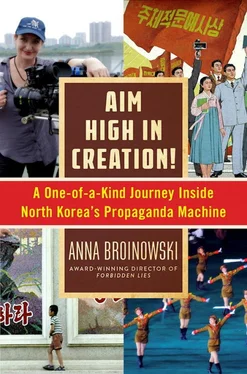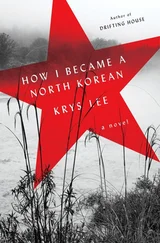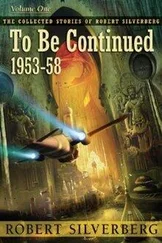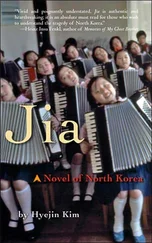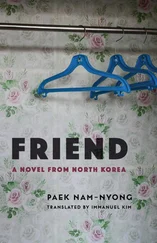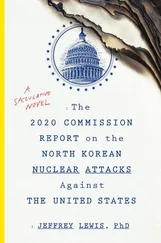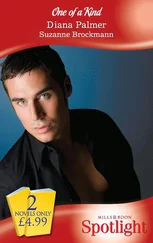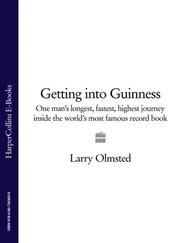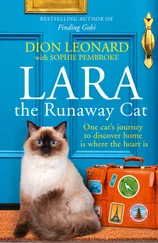With this story in my mind, and the eyes of Pyongyang’s fairgoers upon me, I cock my rifle for Queen and country and pull the trigger. Bang, bang, bang! I miss fifteen targets in a row. Everyone thinks this is hilarious. “We spend at least five years in the army,” says Eun, not bothering to hide her disdain. She passes her gun to a woman my age with a baby on her back, who blasts each pinprick with bored efficiency. Shooting is too much like work around here: the real fun seems to be coming from the corner. I hand my rifle to a cackling grandma, who reassures me that not everyone can be a crack shot, and walk over to join a mob of people whooping with delight. A broad-shouldered Party official is belting the crap out of a leather bag. His admirers cheer as the machine above the bag bleeps and bings with the strength of his blows.
I stare at their ecstatic faces—the young and old, the hopeful and beaten, the intelligent and dull—and remember that in the distant galaxy I’ve come from, North Korea is seen as a religious cult. The mass devotion of its citizens to the charismatic Kims is difficult to explain any other way. Here with the happy punters of the Kaeson Youth Park, it’s easy to forget that mass devotion can be fatal.
In 1978, when charismatic American cult leader Jim Jones asked over nine hundred members of the People’s Temple to drink a lethal cocktail including valium, chloral hydrate, and cyanide, they did so willingly. Some believed they’d be reincarnated; others thought that “revolutionary suicide” was preferable to being sent back to America. On the “death tape” recorded on the day, Jones told his followers: “You can go down in history, saying you chose your own way to go—and it is your commitment to refuse capitalism, and in support of socialism.” The poison had been flavoured with Kool-Aid so the children wouldn’t be alarmed. Nursing mothers went first, using syringes to squirt the Kool-Aid into their babies’ mouths. Older children and adults drank from cups. By the end of the Jonestown massacre, 918 were dead: the greatest single loss of American life in a non-natural disaster until the 9/11 terrorist attacks. One survivor said there was no panic while the Kool-Aid was handed out: people looked as if they were “in a trance.”
Jones had persuaded his people to follow him to death by convincing them their goal was holy, just as the Taliban convince suicide bombers they’ll be rewarded with seventy-two virgins in heaven, or General Tojo convinced the Kamikaze their greatest glory was to die for the emperor. Kim Il Sung, another charismatic leader, convinced his guerrilla fighters they were sacrificing themselves to protect the very people I am playing arcade games with now.
I extract myself from the laughing crowd and head for the park entrance. Under oak trees strung with fairy lights, people are still pouring in, although it’s almost midnight. Beside the gate is a mural of Kim Il Sung. Several people stop to bow before queuing for tickets. They appear to be doing so willingly: there are no officials monitoring the crowd. I watch a family line up under Kim’s painted feet and remember the strange discovery I made while researching doomsday cults in the 1990s: people like to follow charismatic leaders. There’s a freedom in surrendering one’s will to the pack, in eradicating the ego for a belief—no matter how twisted—in the leader’s vision of a greater good. The alien worshippers, polygamous survivalists, and apocalypse warriors I interviewed all had the same glassy-eyed reverence when speaking of their leaders. Their devotion seemed a touch crazy but ultimately harmless. Then I stumbled on the Aum Shinrikyo cult on the slopes of Mount Fuji and saw just how dangerous devotion to a charismatic leader can be.
As we shot the Aum’s darkened compound, cult members in white jumpsuits started rising up from behind mangled car bodies and shuffling towards us, like zombies. Their shaved heads were wired with electrodes—which were transmitting the brainwaves of their blind leader, Shoko Asahara. We later found out that Asahara was meditating in a bunker beneath us, surrounded by the emaciated corpses of followers who’d resisted his methods. We asked the Aum several questions, but they did not answer. They seemed incapable of individual thought. Asahara had used LSD, hypnosis, and starvation to transform his followers from harmless suburban misfits looking for something to believe in to full-blown terrorists. Two weeks after we filmed them, the Aum fatally gassed Tokyo’s subways with sarin.
But people don’t follow charismatic leaders just because they are crazy. Sometimes, they do it to belong. In 1961, Yale psychologist Stanley Milgram conducted a famous experiment in which a group of ordinary Americans knowingly tortured an innocent man. Milgram’s participants believed they were helping him assess the effects of pain on the ability to learn—and willingly zapped the man with increasingly powerful electric shocks whenever he failed to correctly answer a quiz. What they didn’t know was that they were Milgram’s subjects: the shocks were fake, and the man was an actor. Milgram was testing the effect of authority on the human impulse to obey. When the man failed the last question, Milgram instructed his participants to administer a 450V shock, which they knew could be fatal. They hesitated. But the majority pressed the button.
Milgram’s participants, the Aum Shinrikyo, and the People’s Temple had all drunk the Kool-Aid. They believed what they were doing was right, because a charismatic leader had told them so. Their reward was blissful abnegation—a total surrender of responsibility to the moral authority of the group. You don’t have to look further than a fundamentalist sermon in Texas, or a climate-change rally in Sydney, to know that drinking the Kool-Aid, in its more benign forms, does have a unique kind of collective appeal.
I stand at the gate of the Kaeson Youth Park, watching punters lick orange ices and melt into the night, and ask myself the question only a capitalist infiltrator could ask: is North Korea one massive Jonestown? A nation of people so brainwashed they would willingly commit mass suicide for the Leader if asked? The idea seems plausible enough when you watch these people on TV in the West, marching like remote-controlled robots. It’s not too hard to make the leap from their deliriously reverent faces to the electrode-covered zombies of the Aum.
But driving back to the hotel with our Pyongyang minders, the comparison feels dehumanising and cruel. For the first time, Ms. K is sitting next to me in the back of the van. She rummages in her bag and pulls out all the DVDs Lizzette and I failed to watch, plus a stack of new ones. “To help you write your script in Sydney,” she says and places them in my lap. I gasp with gratitude, and she pulls out one more. “My uncle was a director,” she says, in that open, friendly tone she normally reserves for Nick. “He made many films. This is my favourite.” She places the DVD on top of my pile. The cover shows ancient trapeze artists in brocade robes, flying against a soft green sky. I thank her, and she shrugs. “Don’t lose it,” she orders. But her eyes are warm.
Outside, the city is quiet and still, as deserted as a mausoleum. The Reichstag-like buildings float past like ghosts, their dim silhouettes caught by the blazing spotlights trained on portraits of Kim Jong Il. His face is the only thing still lit in the misty night.
The driver slides a cassette into his tape deck. The tune is soft and sweet, some kind of lullaby. It makes the buildings look beautiful instead of eerie, as if they’re part of our own private soundtrack.
I look over at Ms. K, and she smiles. If she has drunk the Kool-Aid, then so have I.
So far, it doesn’t taste of cyanide.
Читать дальше
